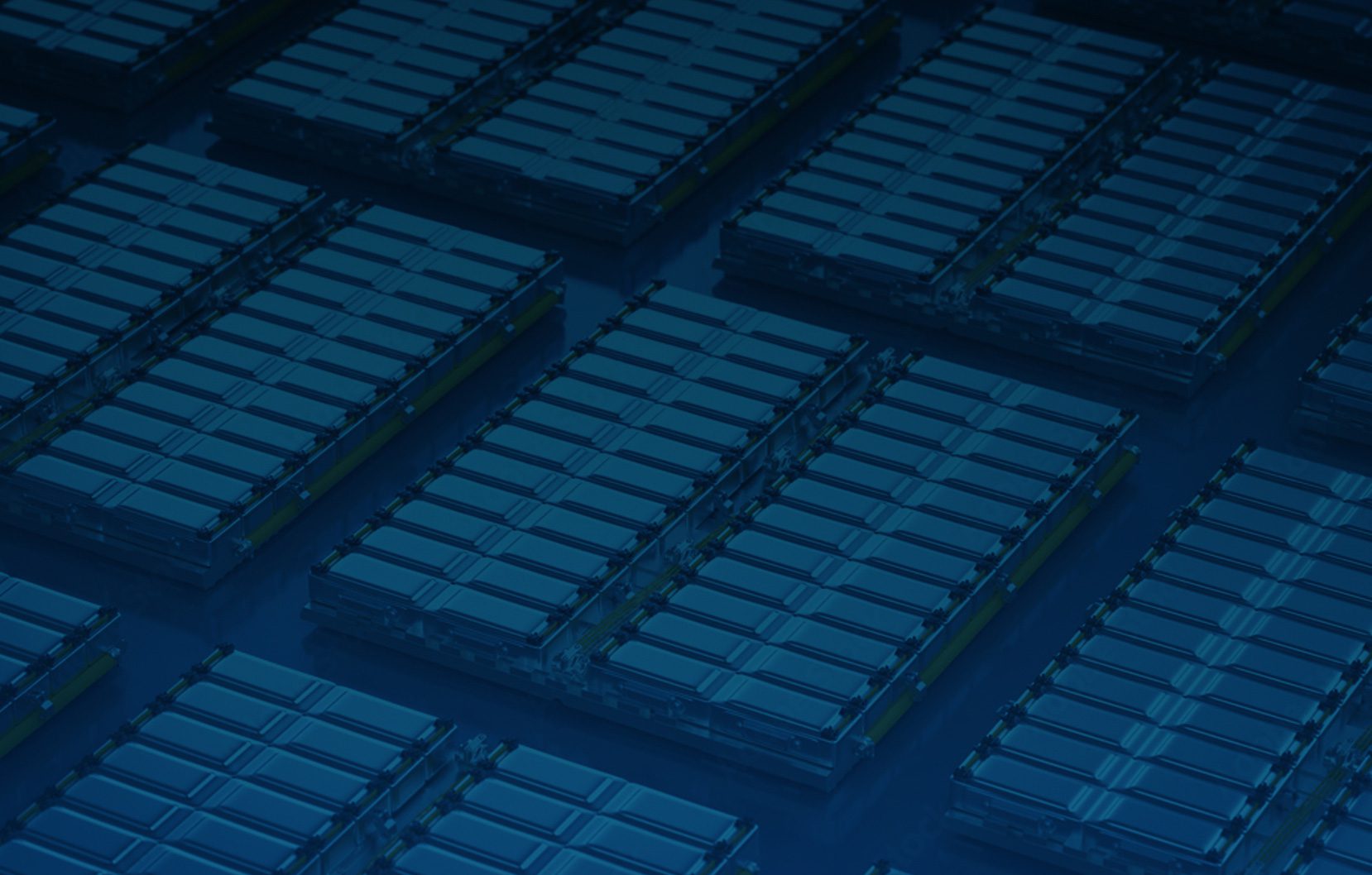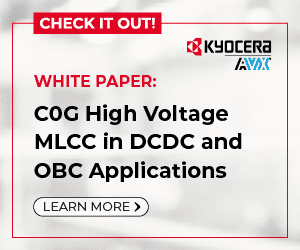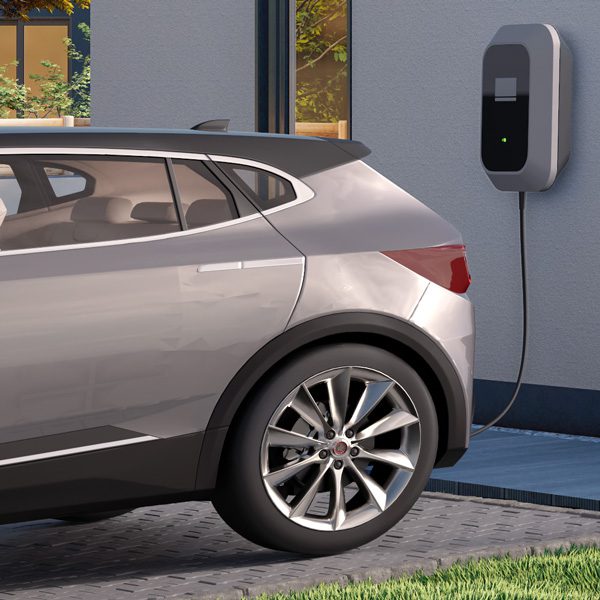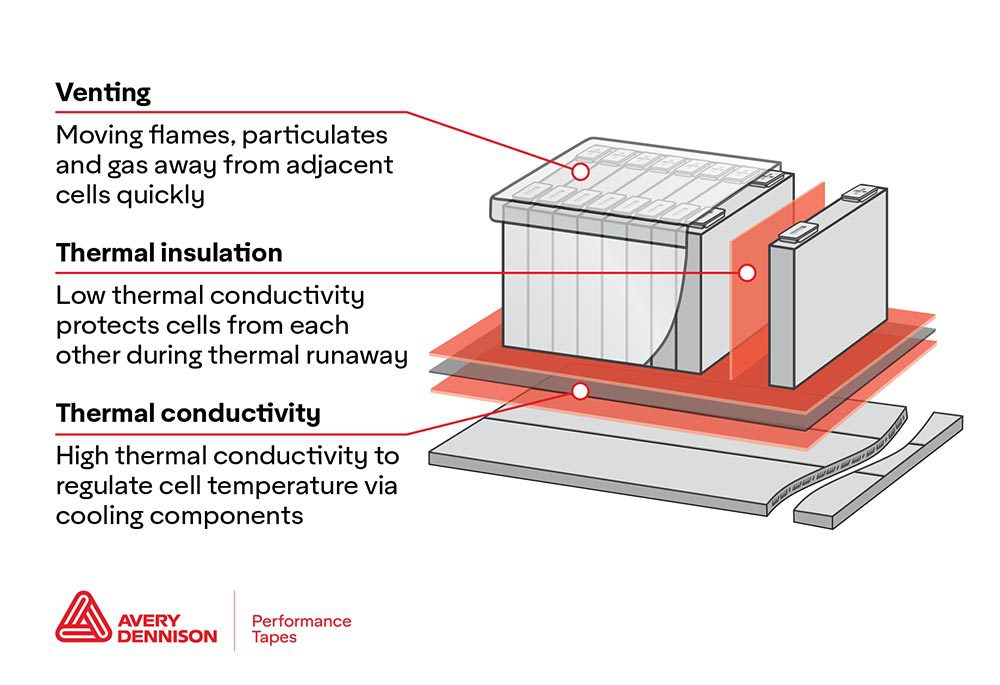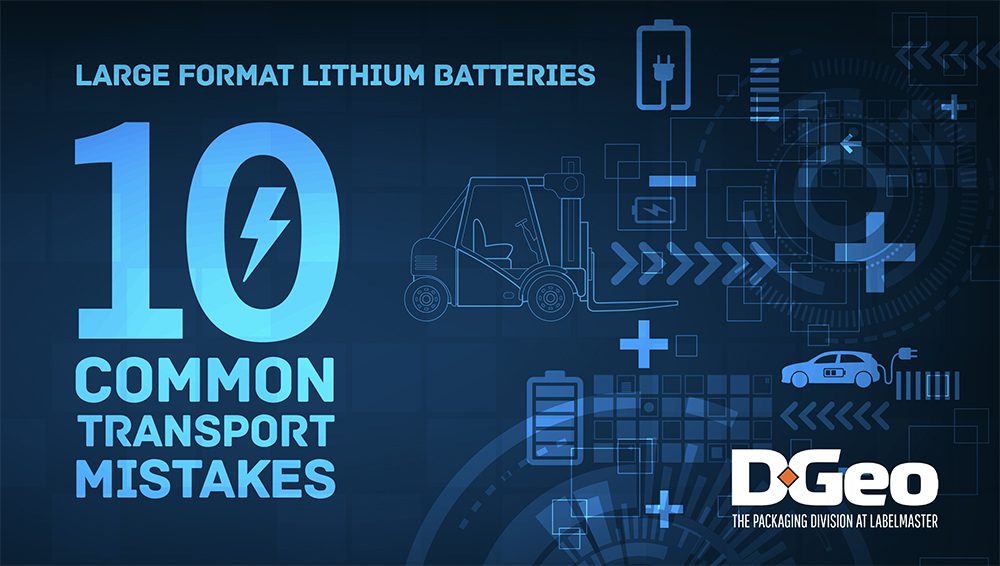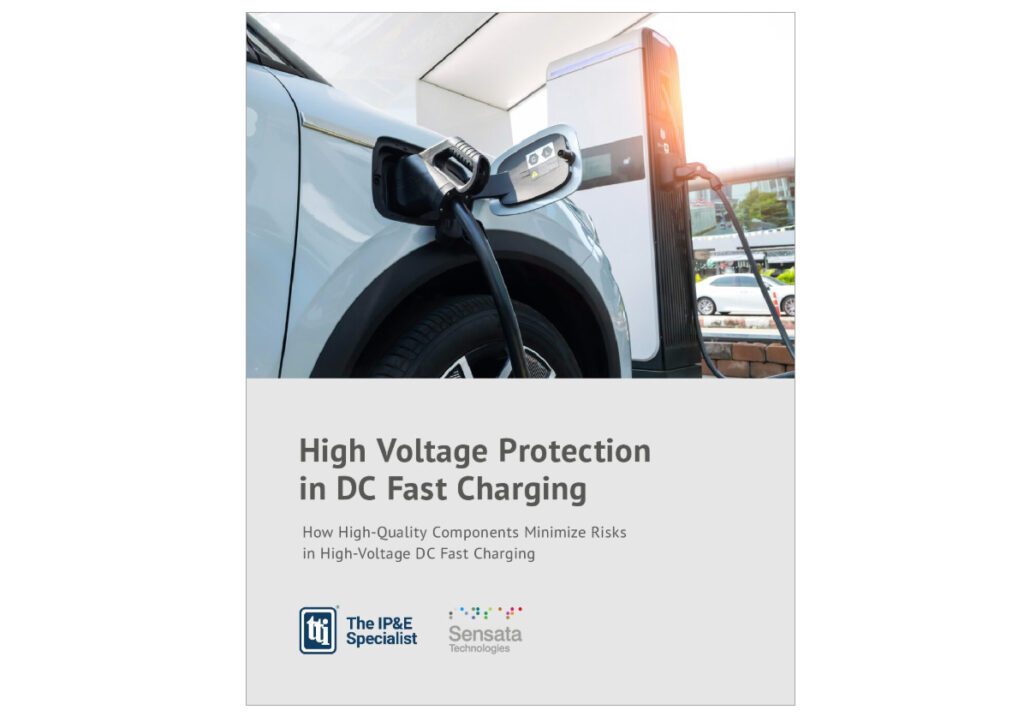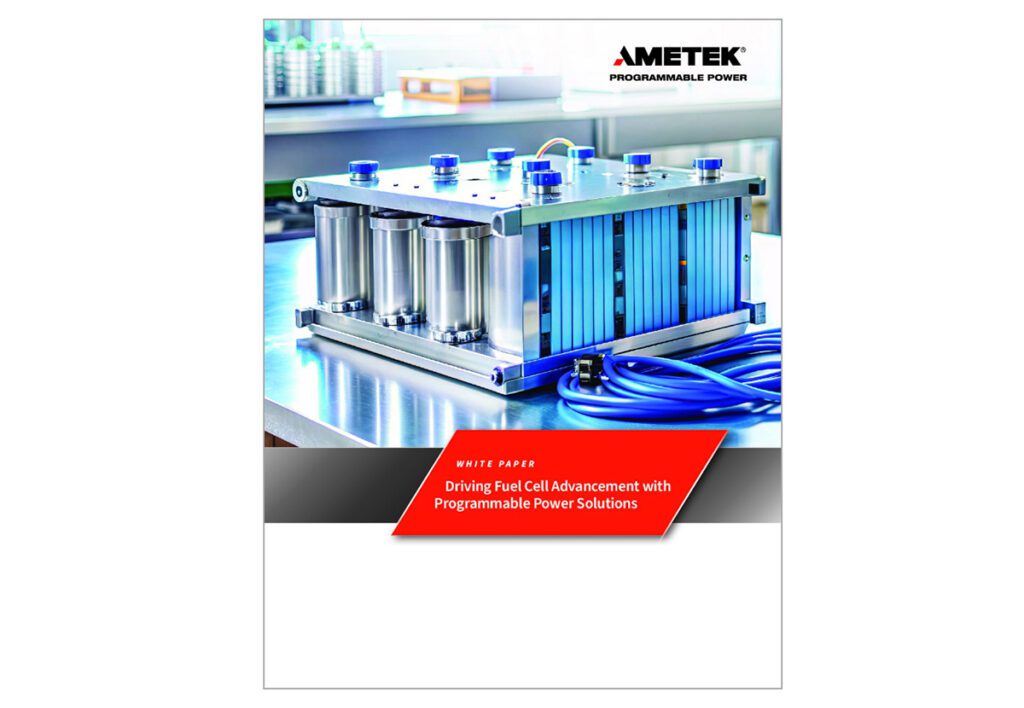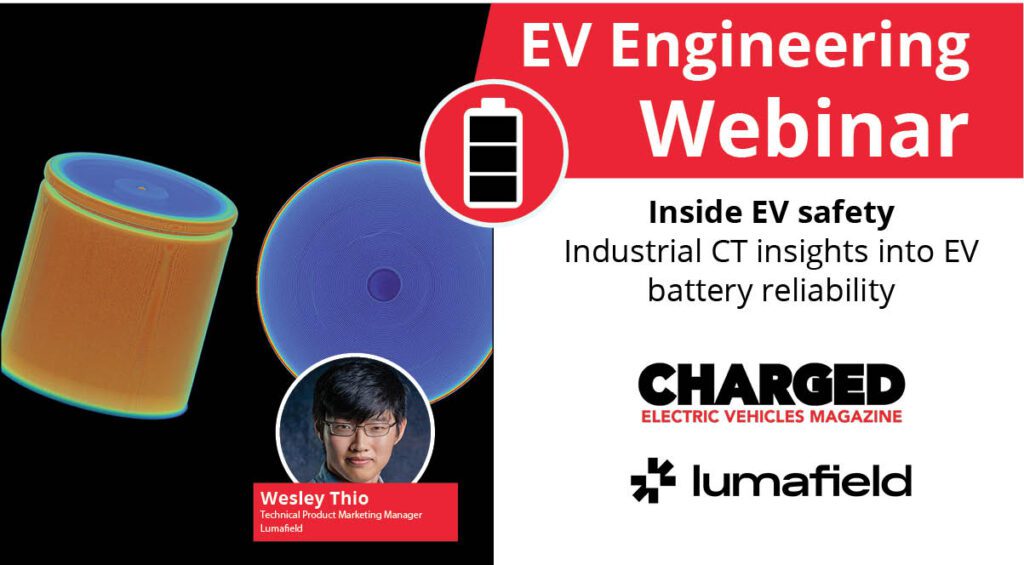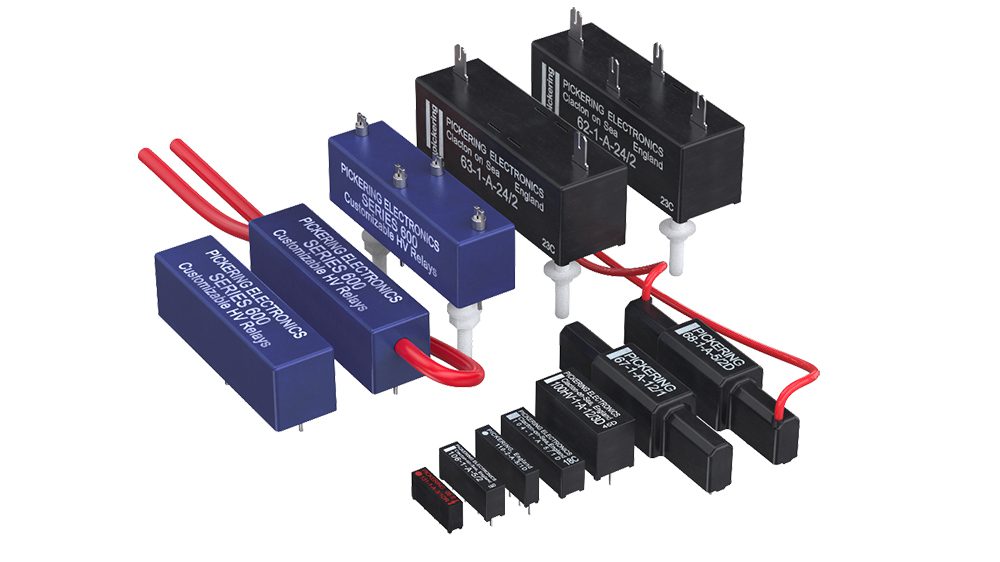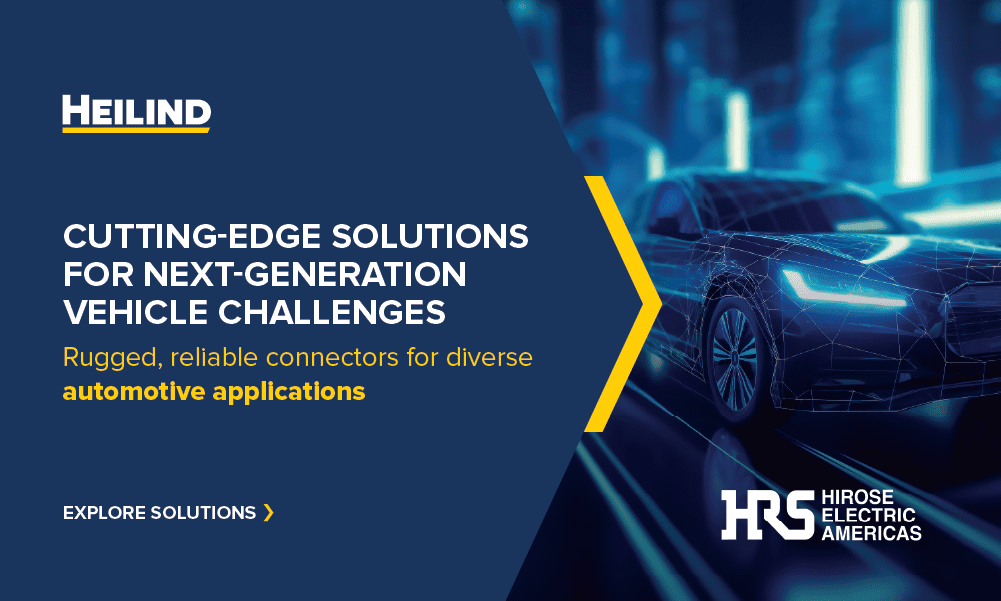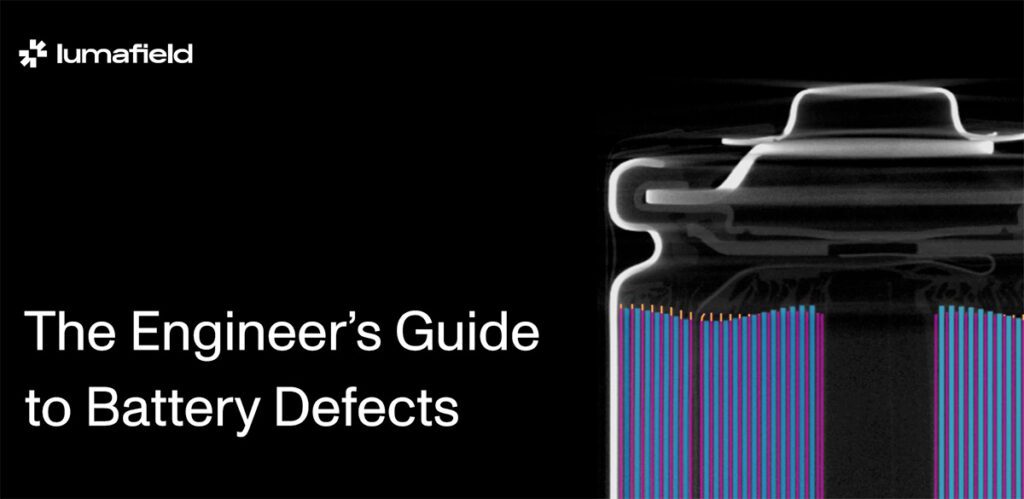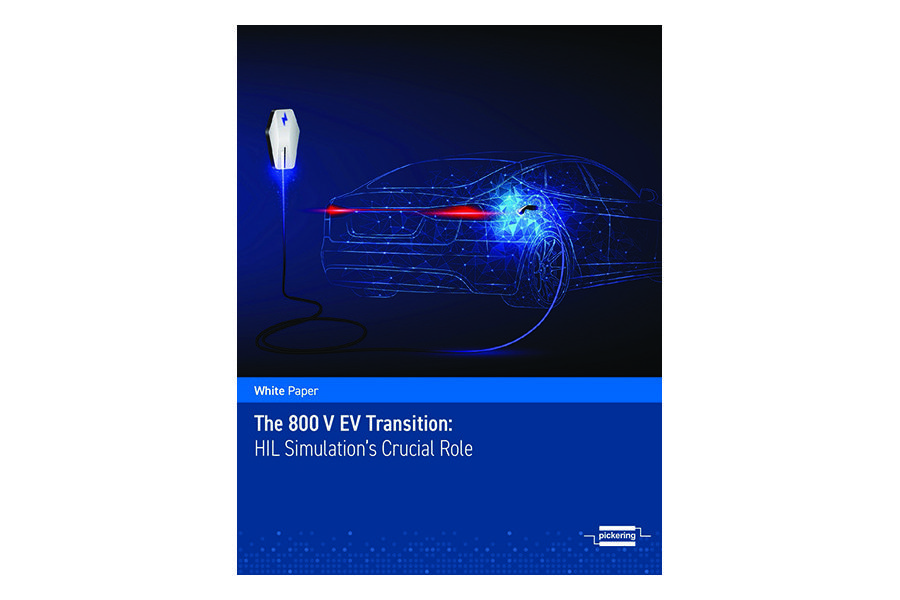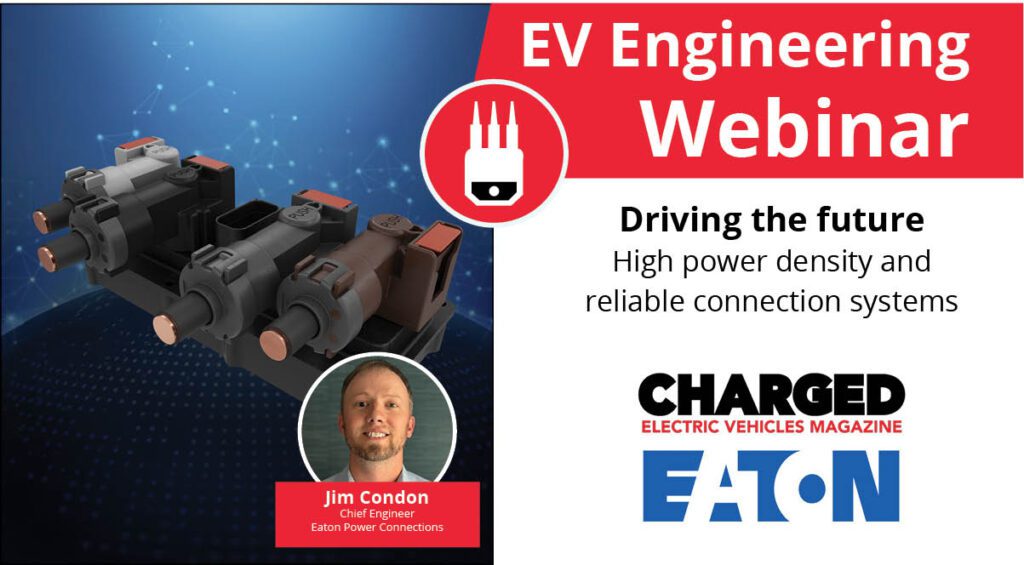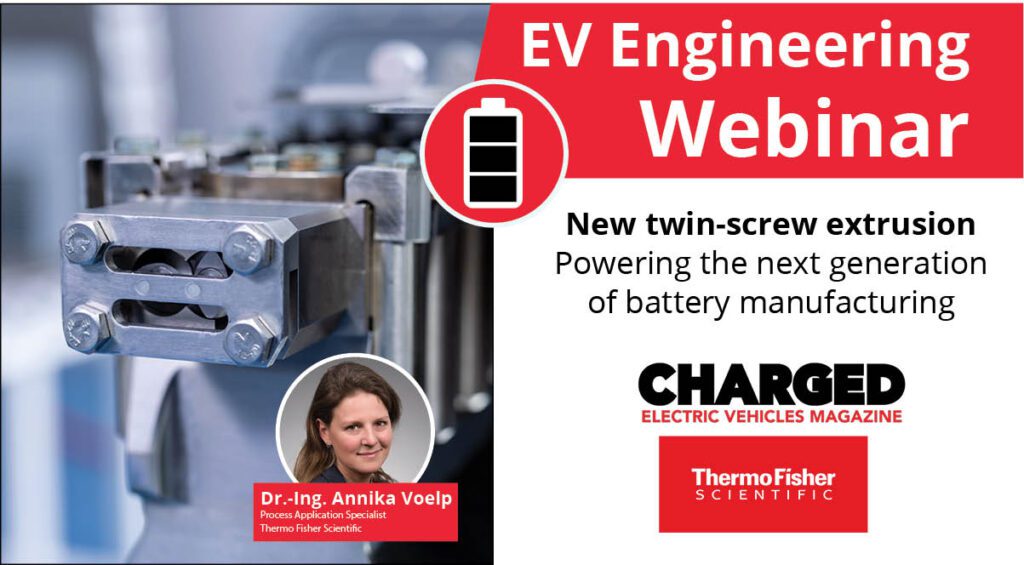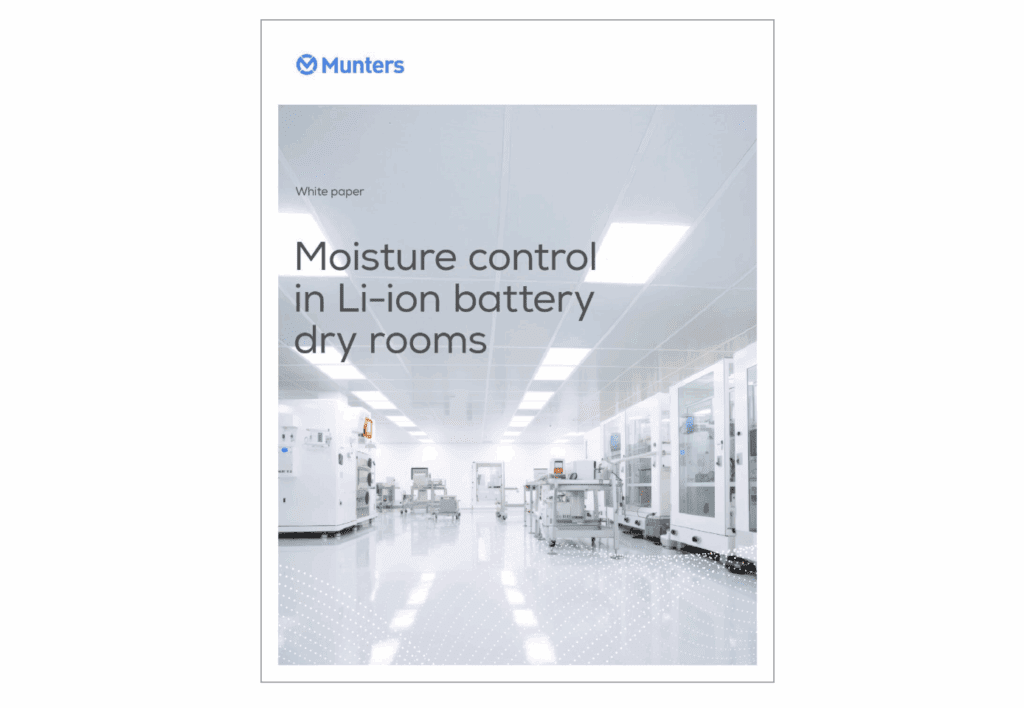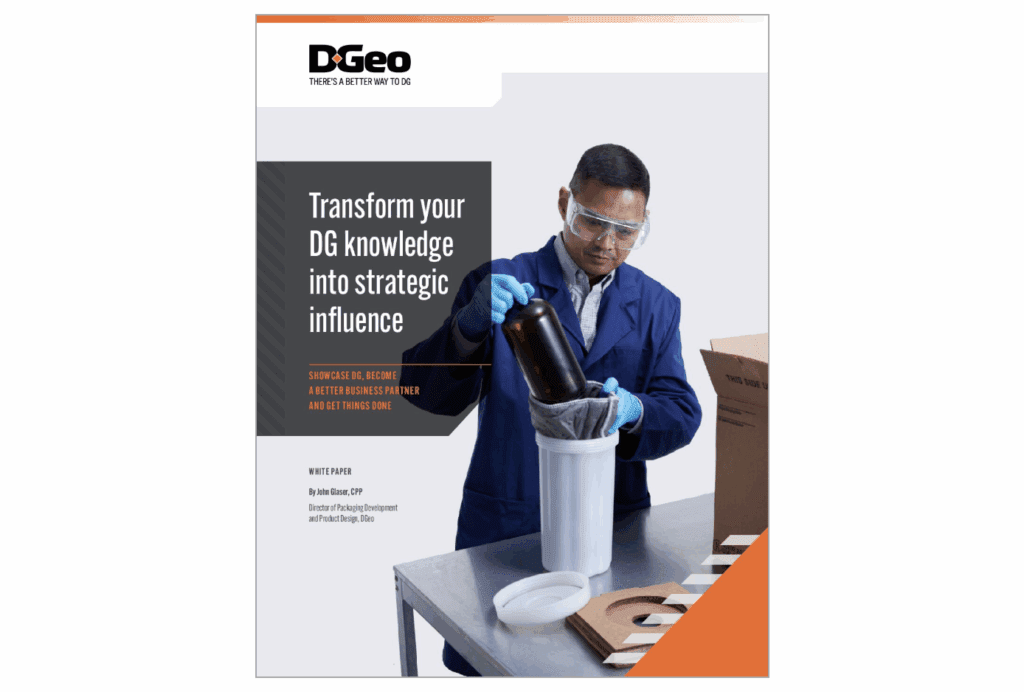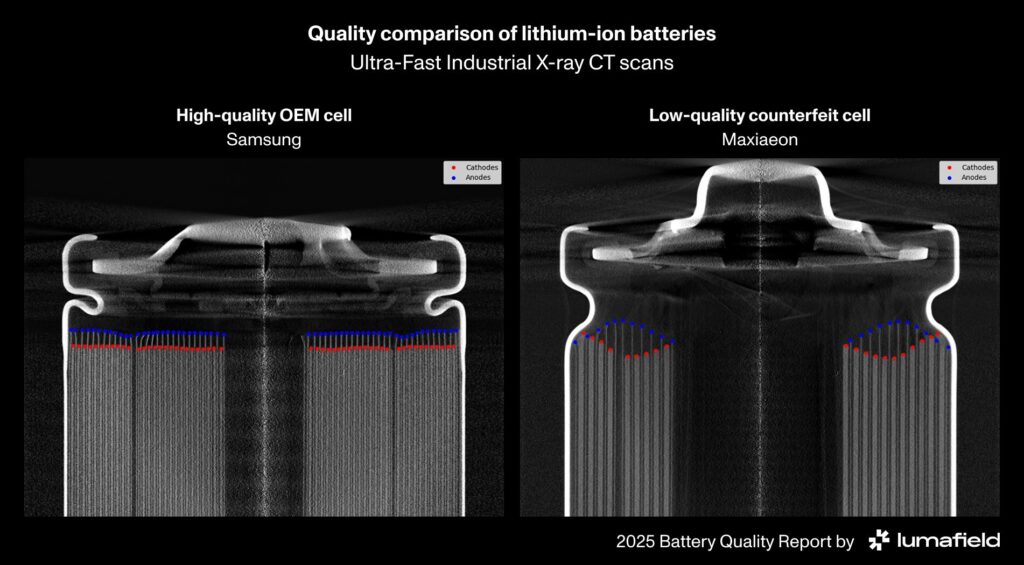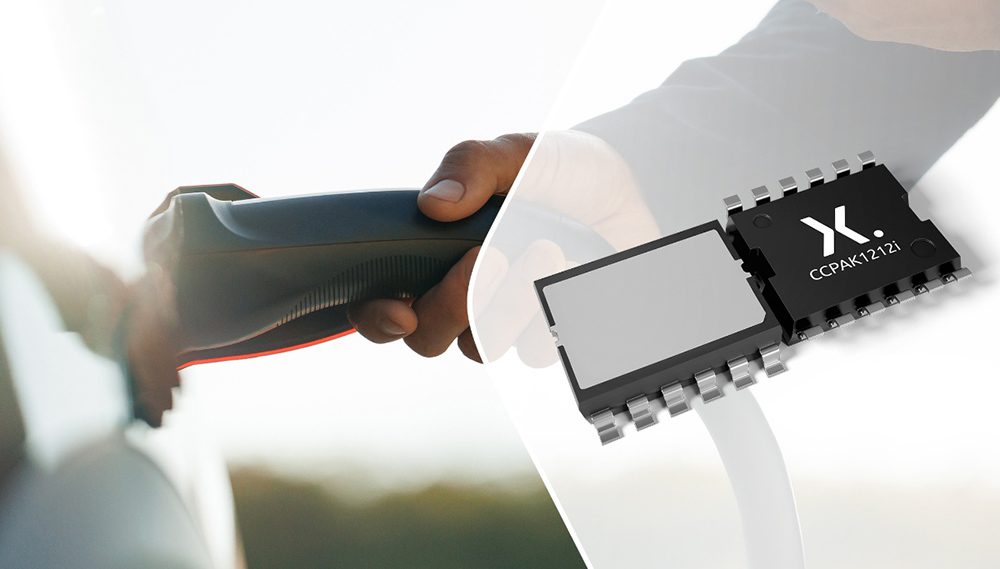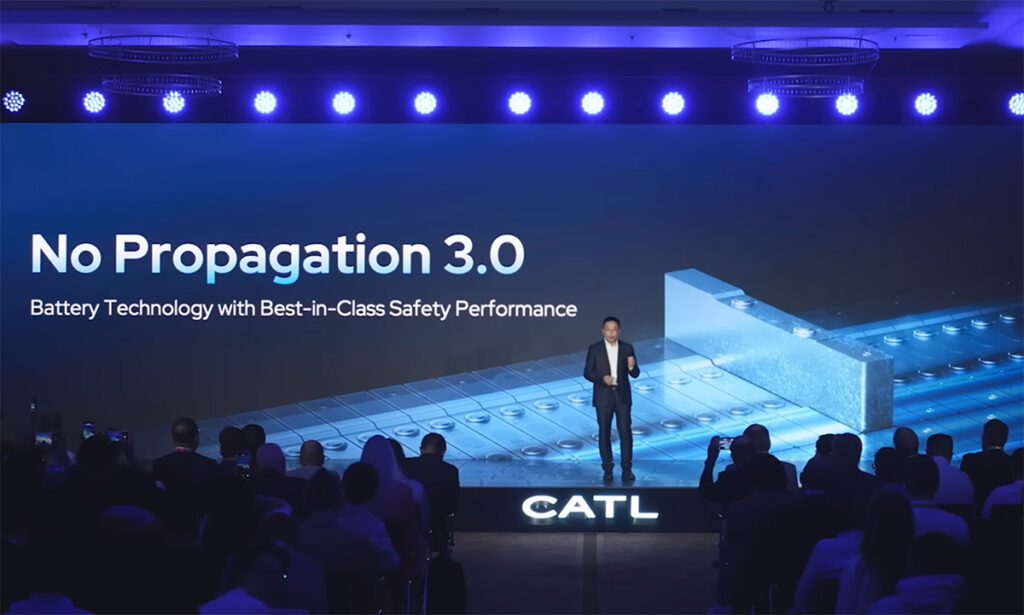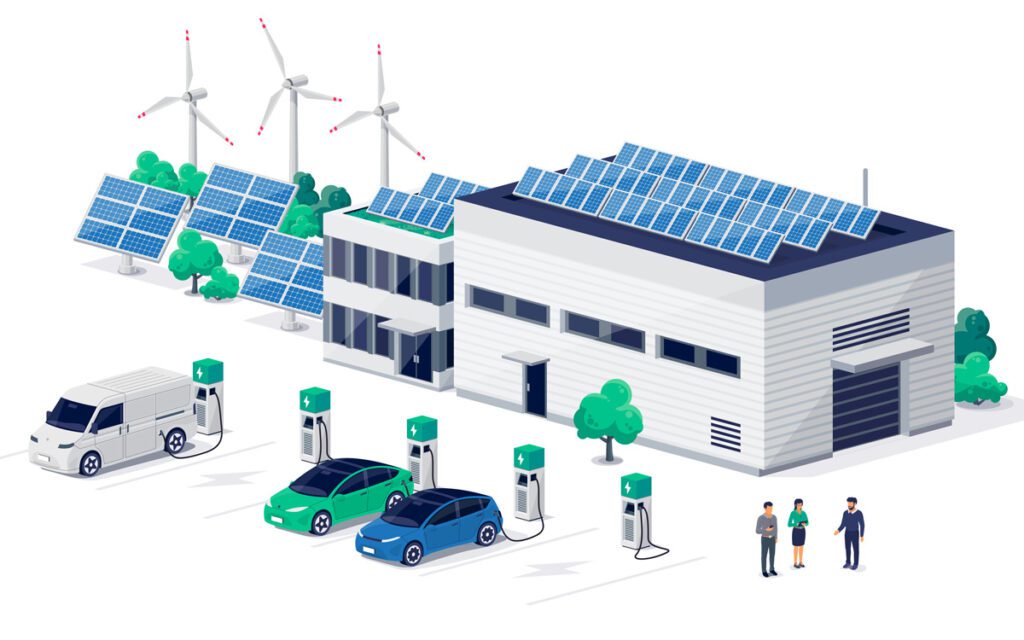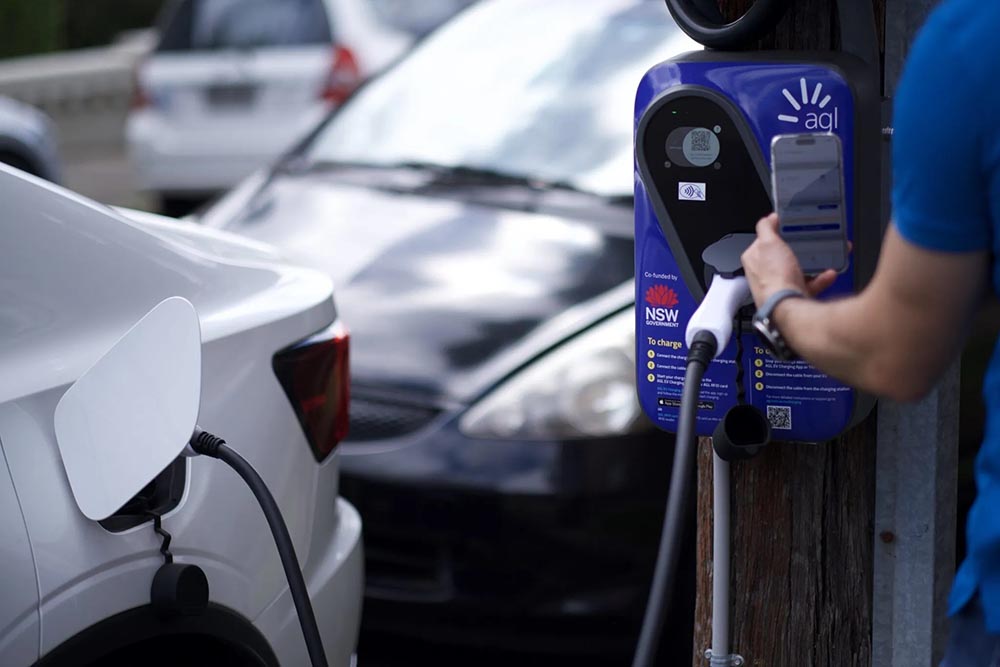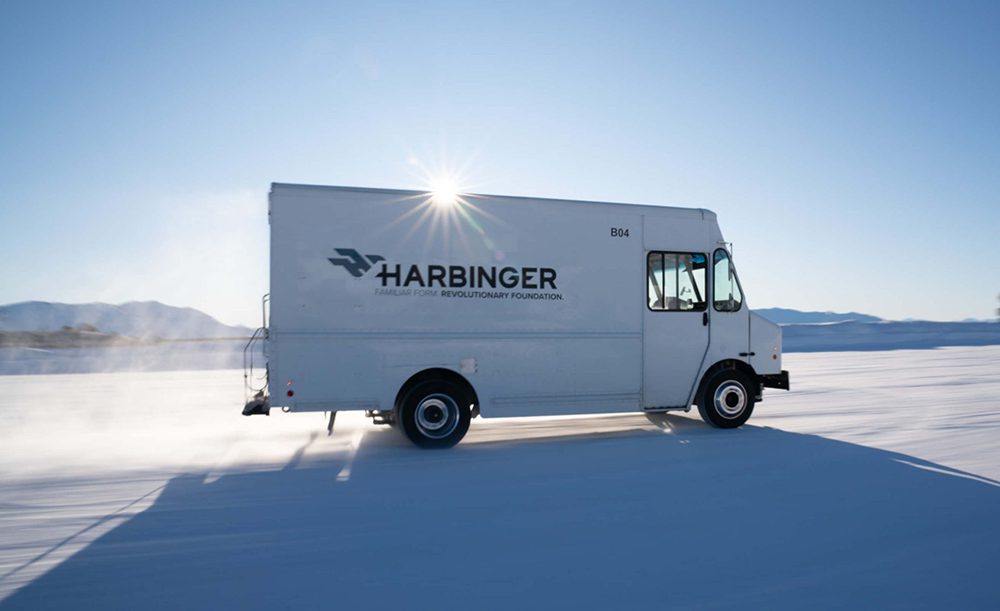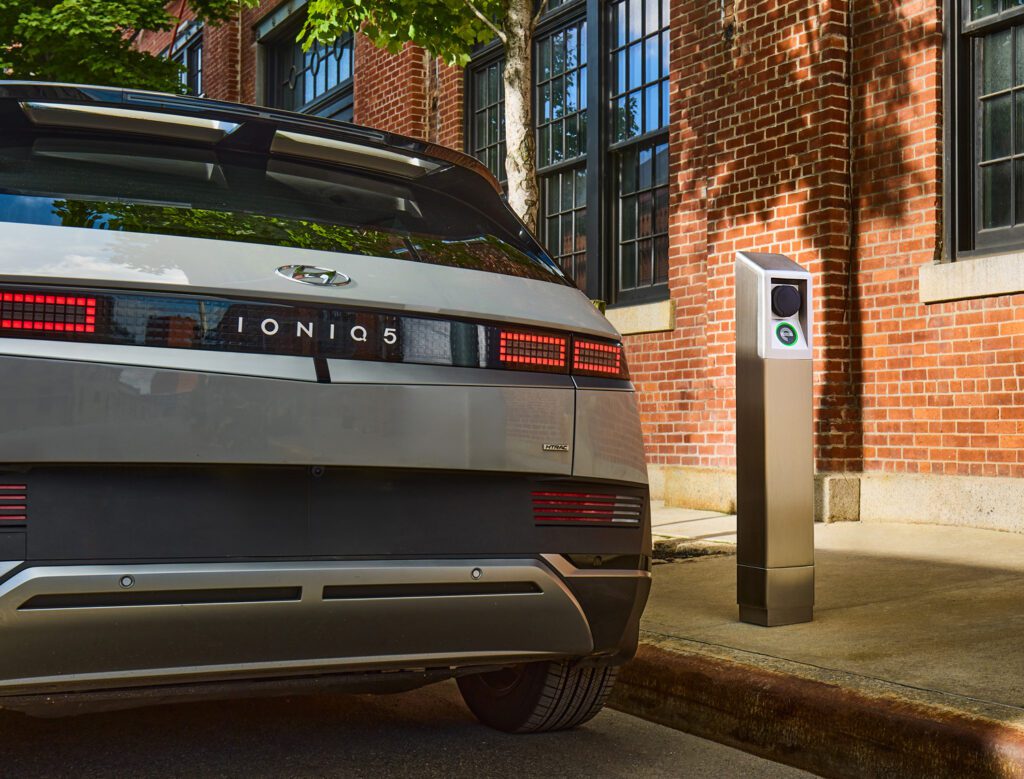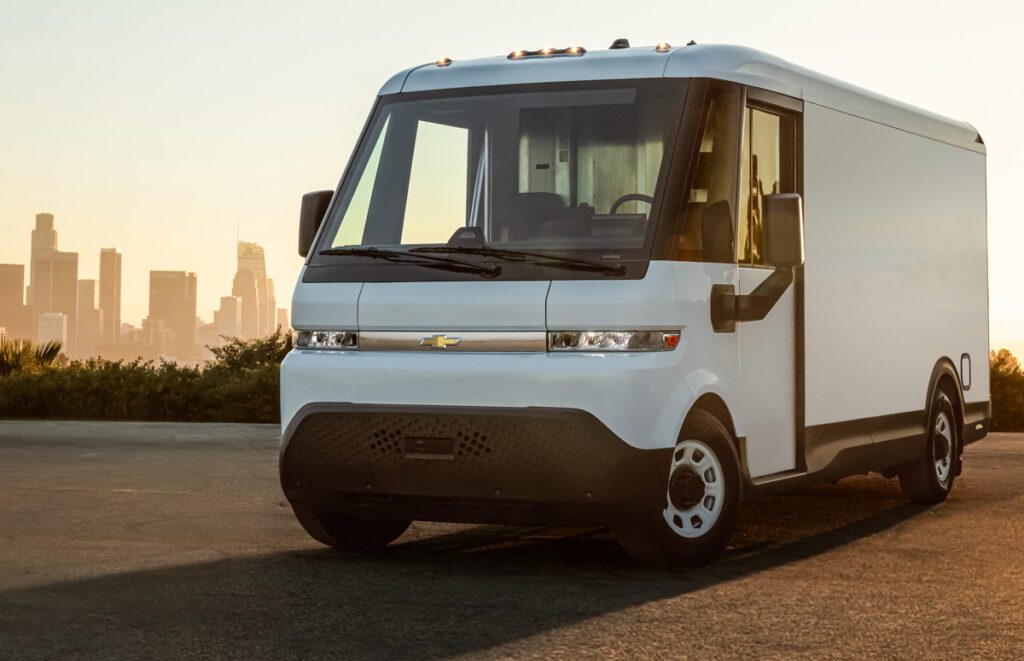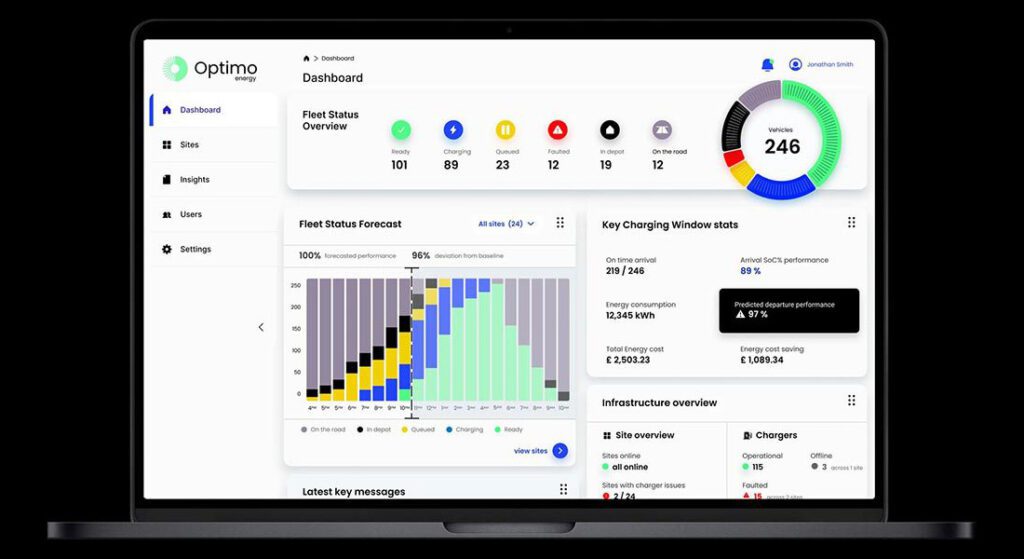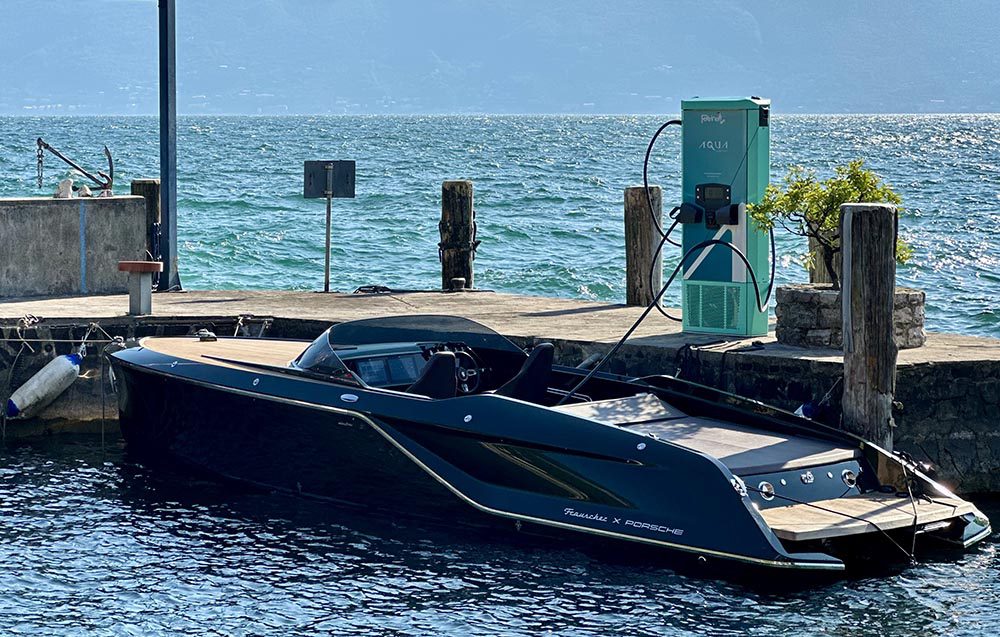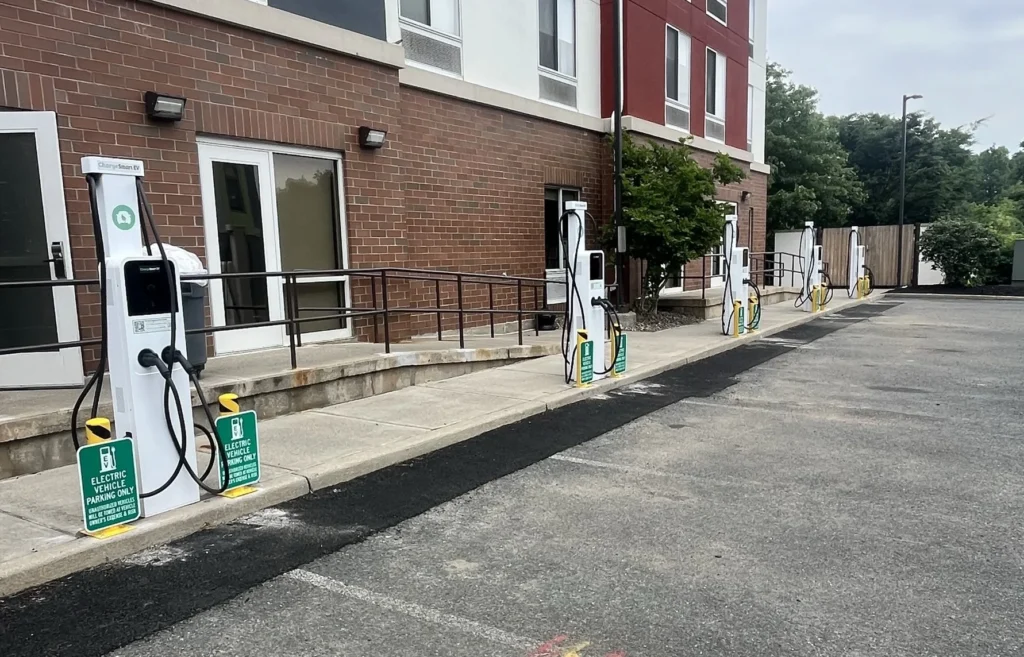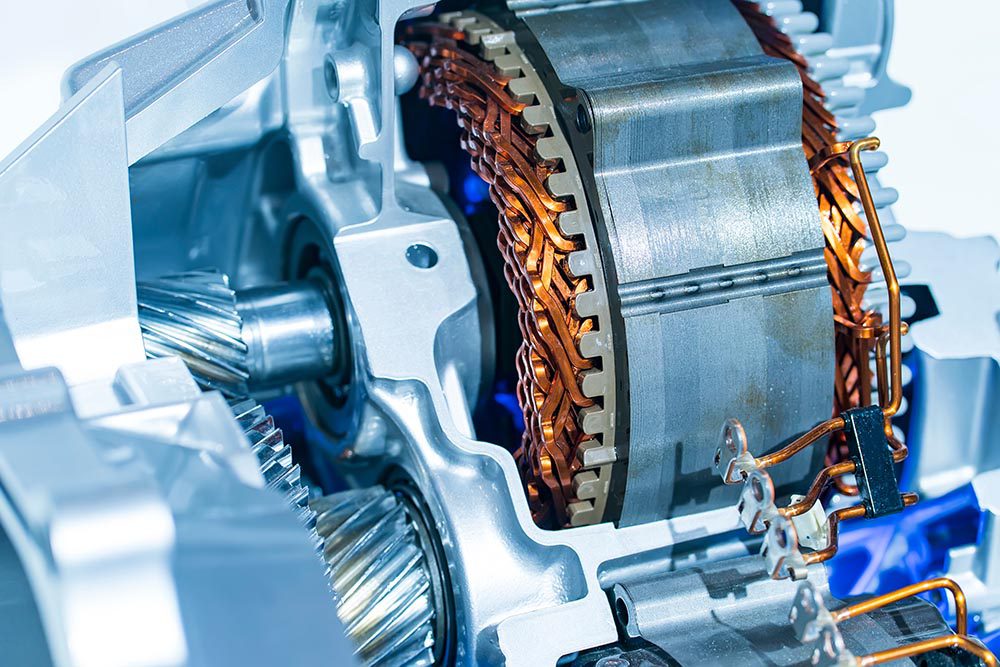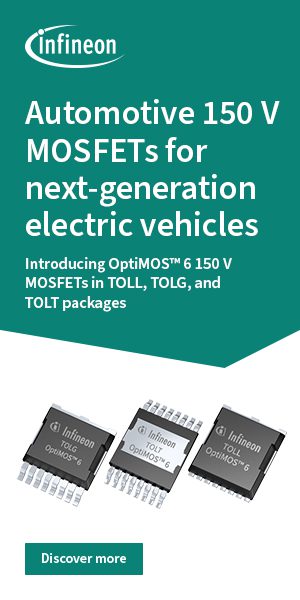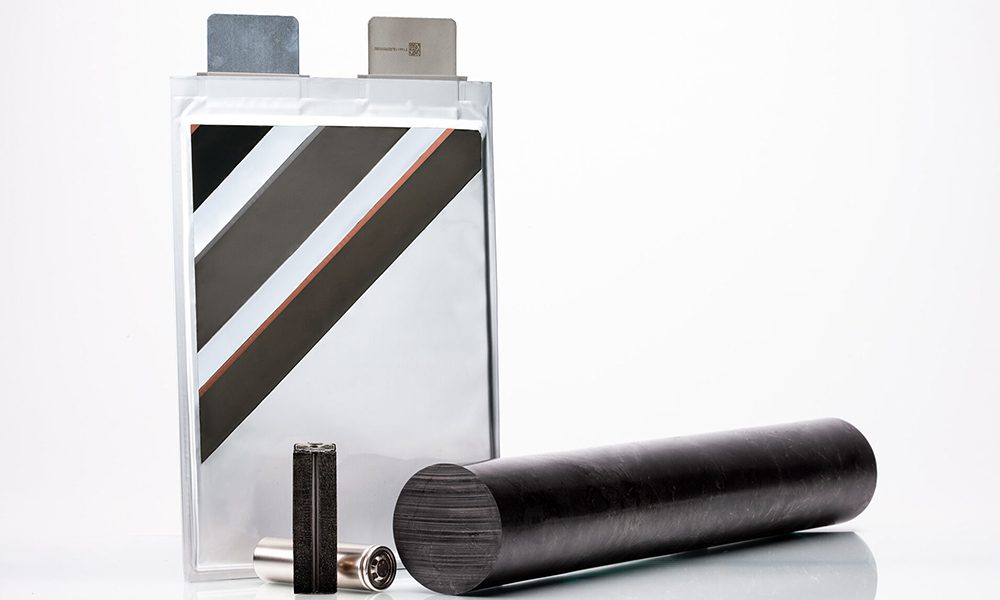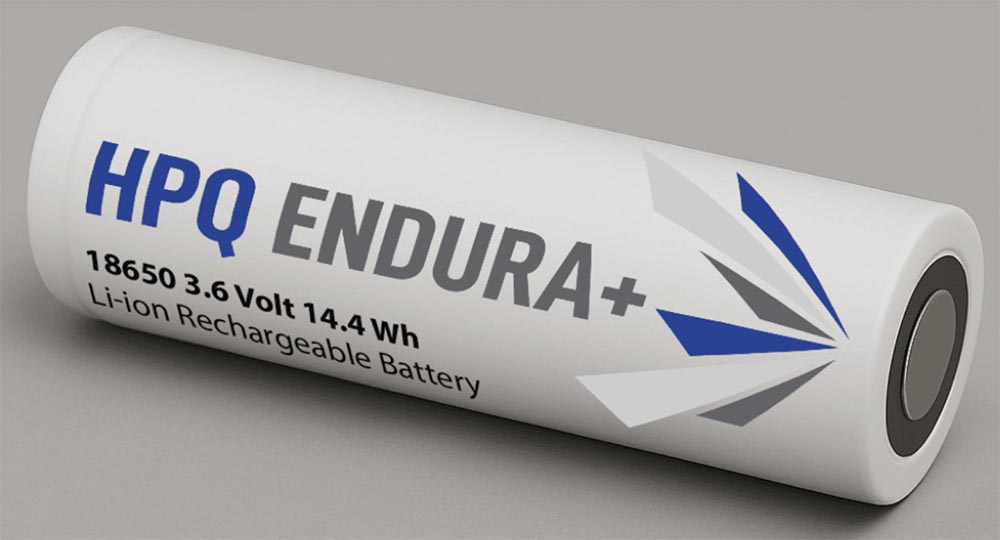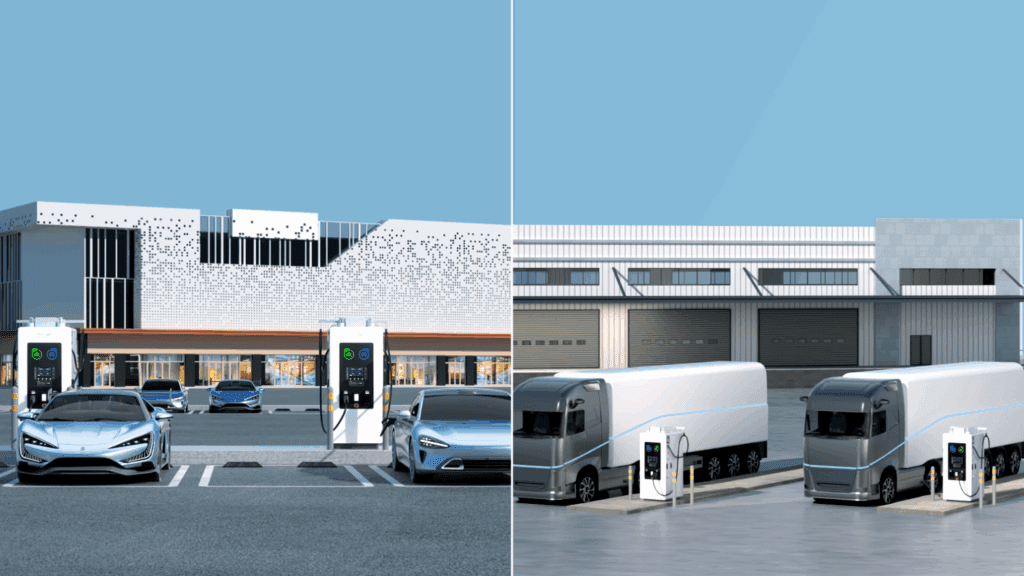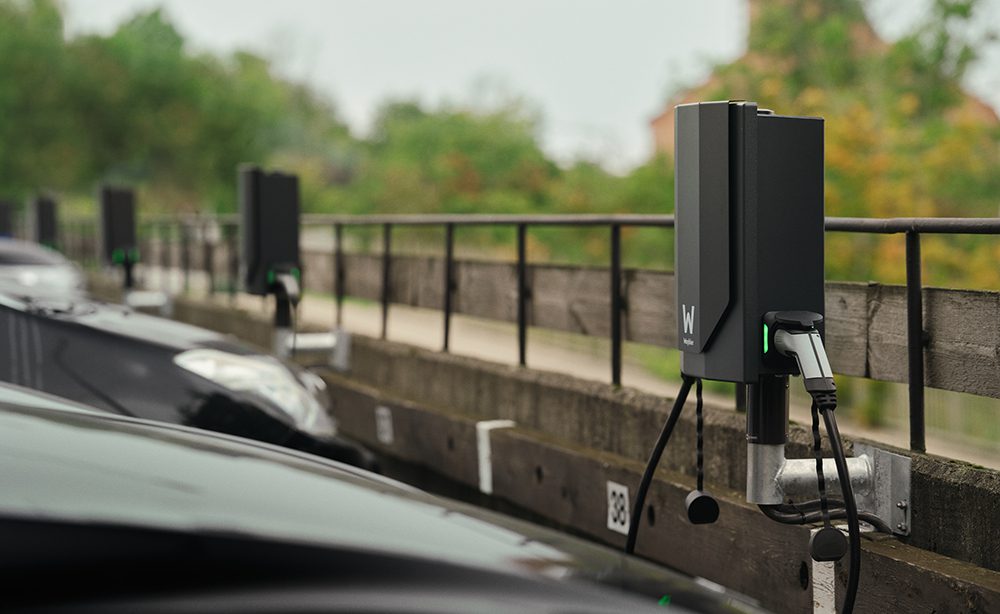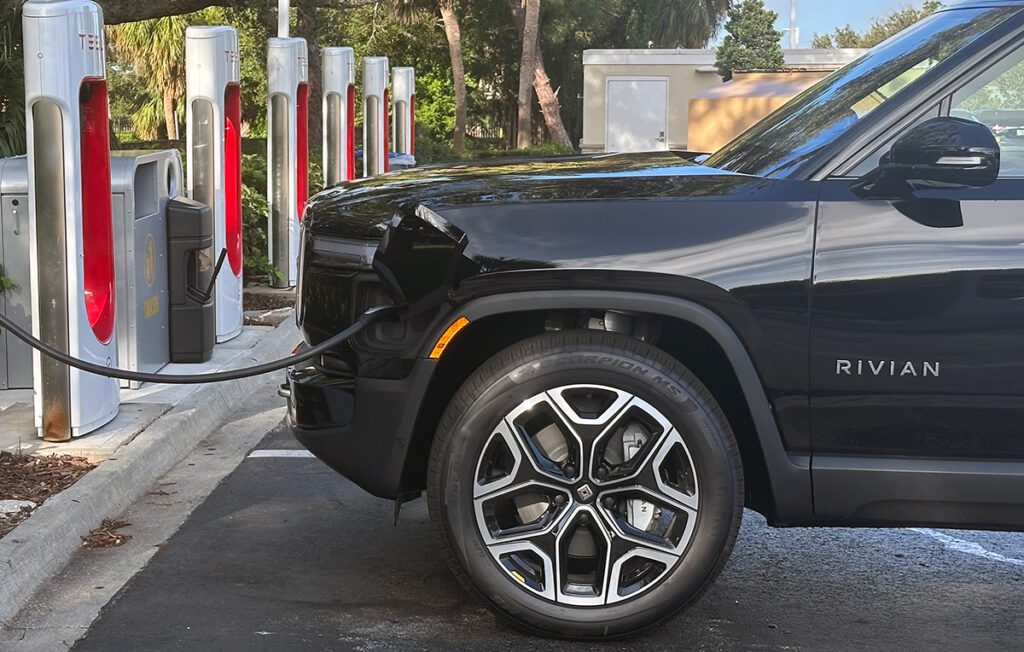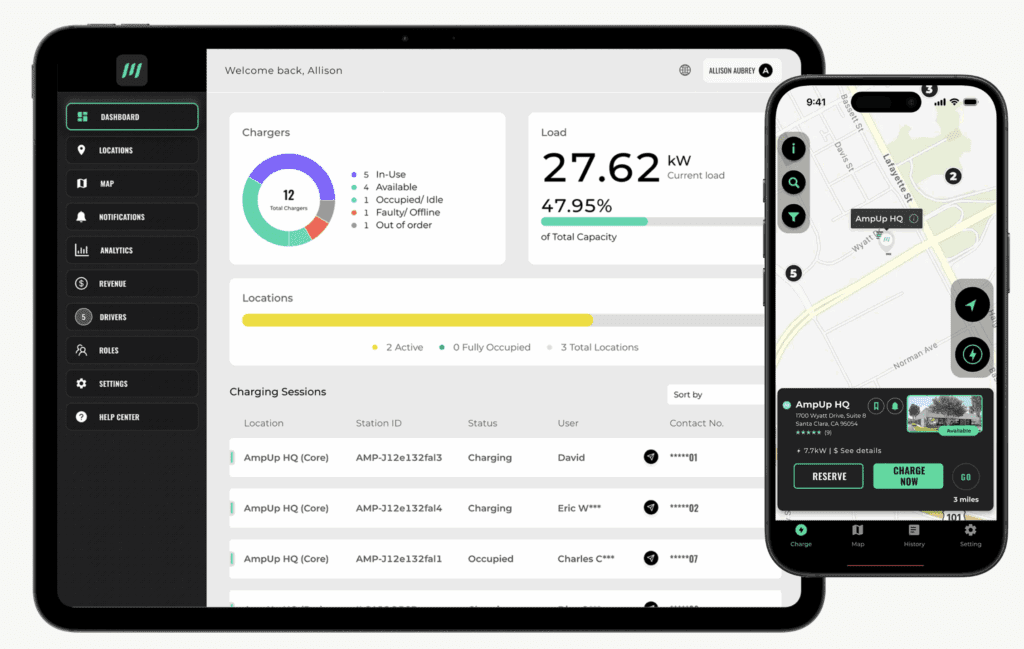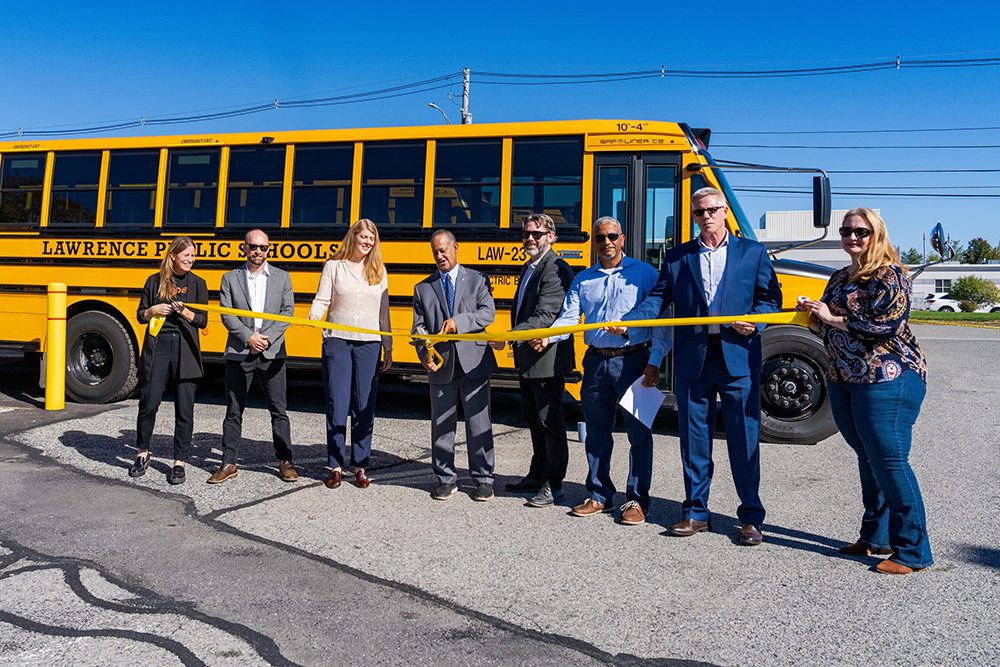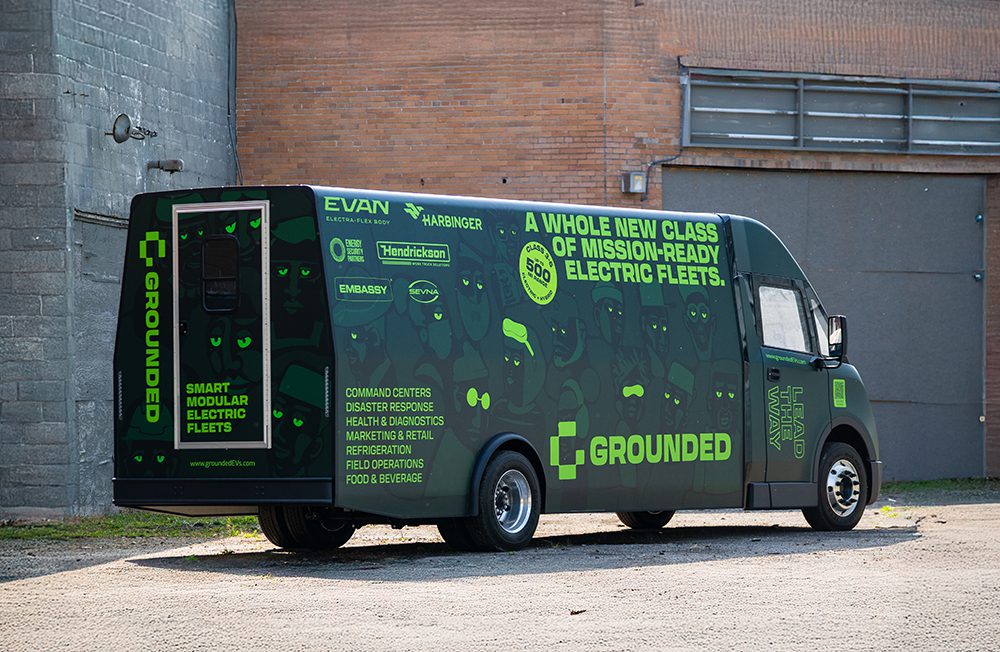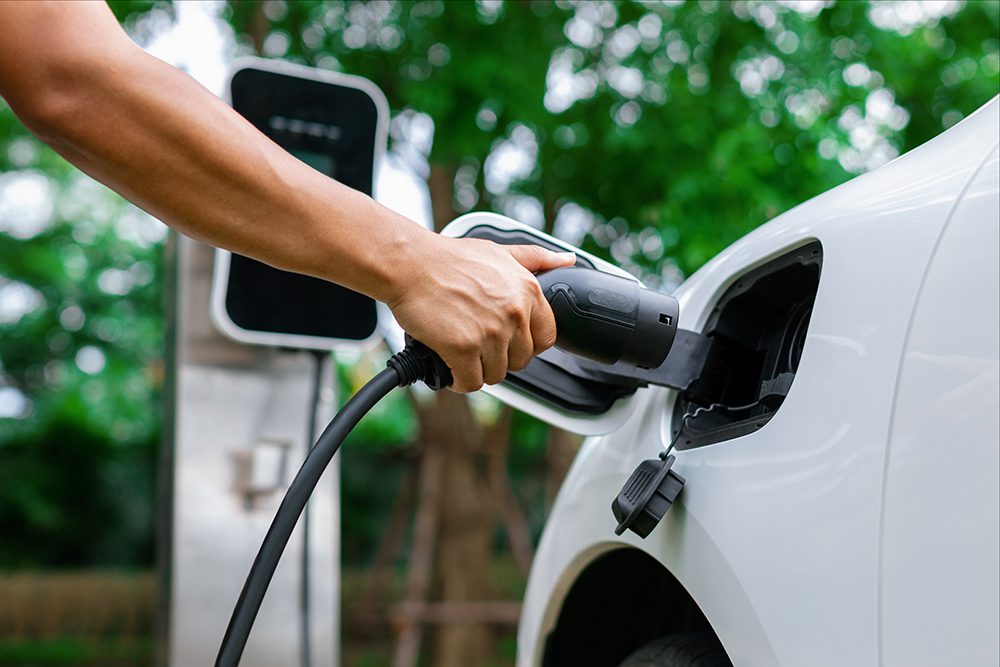- Traceability is becoming a critical function in the EV industry, thanks to the “Buy American” requirements of the Bipartisan Infrastructure Law (BIL) and Inflation Reduction Act (IRA), and similar provisions in the EU’s new Battery Directive.
- Bureau Veritas is one of the largest TIC (test, inspection and certification) companies. It has 80,000 employees worldwide and conducts on-site inspections at mines and processing plants to verify the origins of raw materials and to confirm compliance with sustainability policies.
- Bureau Veritas has partnered with digital platform provider OPTEL to create a traceability and sustainability assessment solution called V-Trace, which companies and government regulators can use to follow products through their supply chains, from extraction of the raw materials to final assembly.
Q&A with Bureau Veritas’s Stéphane Ponthieux
Traceability—the process of documenting the source of a product and the links in its supply chain, has long been important in various industries (aerospace, food, pharmaceuticals). It’s now becoming a hot topic in the EV industry, because the Bipartisan Infrastructure Law (BIL) and Inflation Reduction Act (IRA), as well as similar pending legislation in the EU, include strong incentives for companies to document the origin of their raw materials.
Sustainability is another issue driving the increasing importance of traceability in our industry. If EVs are truly to provide a greener alternative to legacy vehicles, then mining and industrial processes need to be held to the strictest environmental standards, and supply chains need to be kept short to minimize transport emissions.
Charged recently spoke with execs from two companies that have partnered to create a comprehensive traceability service called V-Trace, or Verified Traceability Solution. Bureau Veritas handles on-site verification and third-party independent auditing, and OPTEL (see Part One of this series) provides a digital platform that companies and government regulators can use to follow products through their supply chains, from extraction of the raw materials to final assembly.
Battery-maker Verkor is the first announced customer for V-Trace, but the companies are “in discussion with many others, both battery suppliers and automakers.”
Charged spoke with Stéphane Ponthieux, Director of Certification, Global Service Line at Bureau Veritas, which performs on-site verification services and partners with OPTEL to provide the V-Trace solution.
Stéphane Ponthieux: Bureau Veritas is one of the biggest TIC (test, inspection and certification) companies worldwide. We have 80,000 employees, and we are operating in all the regions of the world. We have been operating in the automotive industry for a long time. We are a recognized certification body for the IATF 16949, which is a major standard in automotive, and we are working with almost all the OEMs around the globe for different types of services.
I joined BV in 2016. Before that, I worked for the PSA Group [now Stellantis] for eleven years. I finished my career at PSA being an electric vehicle project manager.
It started [in the auto industry] in the 1980s from a quality management perspective, to be able to track defective parts and to know who is responsible for them.
Charged: Traditionally, what kind of traceability services are automakers interested in?
Stéphane Ponthieux: Historically, it started in the 1980s from a quality management perspective, to be able to track defective parts and to know who is responsible for them. Why in the 1980s? It’s because at that period of time, the automotive industry started to [move to an outsourcing model]. Automakers are integrators now, and most of the components in a vehicle are made by suppliers of the OEMs.
That’s why they introduced the traceability system. Also for better efficiency in logistics, to track the batches, part numbers. When you have a defect, and you have many vehicles concerned, you have, as you may imagine, a lot of costs involved. In the case of vehicle recalls, instead of having a million vehicles to recall, if you can limit the recall to 1,000 vehicles or 10,000 vehicles, it’s not the same stake, so it’s quality/cost driven.
Also, to have more digital processes. You have Industry 4.0 processes now, so traceability is becoming more and more important in sharing data of conformity from the part manufacturer to the car manufacturer. And whatever it is, a combustion engine or electric vehicle, the need for traceability will continue.
Charged: Can you give us any details about how you document the origin of materials? Do you send inspectors to mines, to processing plants, to factories?
Stéphane Ponthieux: Bureau Veritas is worldwide, and all divisions are doing that kind of thing. We have a division in the commodities industry which has relationships with mining companies. We have to confirm that this batch is coming from this source and has the required quality. And we verify that quality at the very origin.
Then we can audit the processing, so when suppliers are transforming the material and smelting the material to have more and more purity, we can inspect those processes to confirm that they are well managed, and each time we are going on-site. Bureau Veritas is boots on the ground—we’ve got 8,000 certification and management system certification-related auditors worldwide. We have the capacity to audit and to inspect everywhere, I would say almost any processes, to verify compliance.
We are verifying that when player A is declaring, “I’m compliant with this item,” it’s not just a tick box. We are asking for evidence of application, and our auditors and inspectors are used to identifying what is correct or compliant and what is not.
Charged: How do OPTEL and Bureau Veritas work together on your V-Trace solution?
Stéphane Ponthieux: OPTEL is a digital company specializing in capturing events along the supply chain, the point-to-point events from the logistics standpoint: “Batch A goes to destination B, arrives at that date, that time, arrives by vessel, by airplane, and so on, from this company and arrives at that company.”
OPTEL is able to rebuild supply chain sourcing, and Bureau Veritas will verify sustainability performance of the players. So, if we take the example of EV batteries, battery-makers want to know how their suppliers are behaving on sustainability matters, on ESG performance, working conditions, environmental respects, greenhouse gas emissions, safety and security, health conditions at the workplace.
We are assessing those players. We have developed a dedicated verification pass-through questionnaire built using BV auditors’ expertise and international standards that we are recognized on. Plus, of course, the OECD [Organisation for Economic Co-operation and Development] guidelines and the ILO [International Labour Organization] guidelines on working conditions. So, for all those worldwide-applicable initiatives, guidelines, directives and standards, we are verifying that when player A is declaring, “I’m compliant with this item,” it’s not just a tick box. We are asking for evidence of application, and our auditors and inspectors are used to identifying what is correct or compliant and what is not.
We are doing that on a daily basis. When we go for an audit on-site, the auditor is raising questions and following up on the questions to find the tricks. And if there is nonconformity somewhere, our inspectors are used to identifying those. If BV is mandated to go to audit and to verify that this lot or this batch has, let’s say, supposedly US-made material, on-site verification and document verification would help to track that. Counterfeiting material is complicated, at least for the mining sourcing.
In the EV sector, what is complicated is that you have trading, so the trading events need to be tracked as well. It can be done mostly by capturing logistics information, but it also requires on-site verification.
In the EV sector, what is complicated is that you have trading, so the trading events need to be tracked as well. It can be done mostly by capturing logistics information, but it also requires on-site verification. The materials in the EV are going through many stages of transformation, smelting and refineries…
That’s why on-site verification is important, to say, “Okay, you are delivering to this client. Can you confirm what process you have implemented for making sure that there is no mix between the sources?” This is the kind of question we ask. If the answer is not satisfactory, meaning they cannot demonstrate that this batch has been made from that source of origin, it raises a flag.
Charged: The big topic in the EV industry these days is the new rules in the US—we have the IRA and the BIL, both of which are going to require traceability. Any thoughts on that?
Stéphane Ponthieux: I think the first take will probably be due diligence, for the battery players to launch investigations to show that they are at least questioning the sourcing. Because EV and battery manufacturing is very complex and it’s a very long process. It takes a long time to relocate some processes which are today located mostly in Asia.
So, if the regulators want to say that you will get some incentives only if you are manufacturing in North America, I can tell you that tomorrow there is a risk of no vehicles being sold in the US because most of what composes an EV battery is made outside of the US. As an example, raw materials are located in different regions of the world, and 90% of the cobalt used in EV batteries comes from the Democratic Republic of Congo.. I think these regulatory initiatives are for accelerating some movement and relocation. It’s asking for a lot of investment for the carmakers, for the battery-makers, for the suppliers, so they need to be supported on that.
Progressively, maybe the source of origin will be raised from 20% to 30% US-made, but my perception is, for EVs, it will be very complicated to have 100% of battery components coming from the US with the current technology, meaning with the current chemistry based on nickel, lithium, cobalt, manganese, graphite. Maybe tomorrow’s batteries—probably 2030s ones, which will be in mass production 10 years from now—they will have a totally different chemistry.
My perception is, for EVs, it will be very complicated to have 100% of battery components coming from the US with the current technology, meaning with the current chemistry based on nickel, lithium, cobalt, manganese, graphite.
We are talking about solid-state batteries, which may require much less cobalt, to be replaced by polymers. Future batteries will hopefully require less rare materials coming from all around the globe.. That would allow closer sourcing in Europe and in the US, rather than having the raw material doing the round of the earth to be extracted, to be transformed and then to be incorporated into EV batteries.
In Europe, the European Commission and European Parliament have been working on the new EU Battery Directive, which will be updated in early 2023, with the concept of battery passports which will document sustainability, source of origin, and recycled content as well. The Battery Directive might define a path to arrive from, let’s say, 20% in the mid-2020s to 70% in the 2030s to be manufactured or sourced in Europe.
Charged: So, a lot of complicated things to be worked out, and a lot of opportunity for your company. I take it you see this as a growth area?
Stéphane Ponthieux: I will not deny that any activity related to regulatory matters is helping our activity, because what is regulated shortly becomes mandatory, and there is a need for a third party to verify compliance. So, companies like ours, for sure, have a future in that area.
EVs are perceived as a response to climate change and to a more sustainable world. And as of today, after the car is made, it’s a reality. But the carbon footprint of battery production is not neutral. And I think there will be a requirement to demonstrate that the EV value chain is less and less CO2 impactful versus ICE vehicles. Because at the end of the day, if we make the full carbon footprint calculation, you need to drive a certain amount of miles before switching to a virtuous cycle.
I’m pretty sure that in the next 10 years or 15 years, it will be mandatory to have the full CO2 footprint documented from mine to vehicles.
This will be an additional pressure on the ecosystem, because the CO2 calculations for Scope 1, Scope 2 and Scope 3 (Scope 3 is at the product level, Scope 1 and Scope 2 are more upstream), will have to be reported as well at some point. I don’t know when exactly the regulators will ask for it, but I’m pretty sure that in the next 10 years or 15 years, it will be mandatory to have the full CO2 footprint documented from mine to vehicles.
The V-Trace solution is a tool helping the battery-makers with that. Just an example: For the same part, if it is transported by boat, by air or by train, just this transportation step of the process, you will have different CO2 footprints for the same mass, for the same equipment. At some point, the players will have to have this information, and to make a sourcing decision based on those elements, and to decide that it’s better to work with Player A than Player B, because Player A has a smaller carbon footprint and more sustainable practices.
Bureau Veritas has partnered with OPTEL, the provider of a digital traceability platform, to create the V-Trace solution. OPTEL’s OpChain platform creates an online representation of the supply chain, from extraction of the raw materials to final assembly, which companies and regulators can access to verify compliance with country-of-origin and sustainability policies. See Part One of this series for our Q&A with OPTEL’s Ken Fallu.

